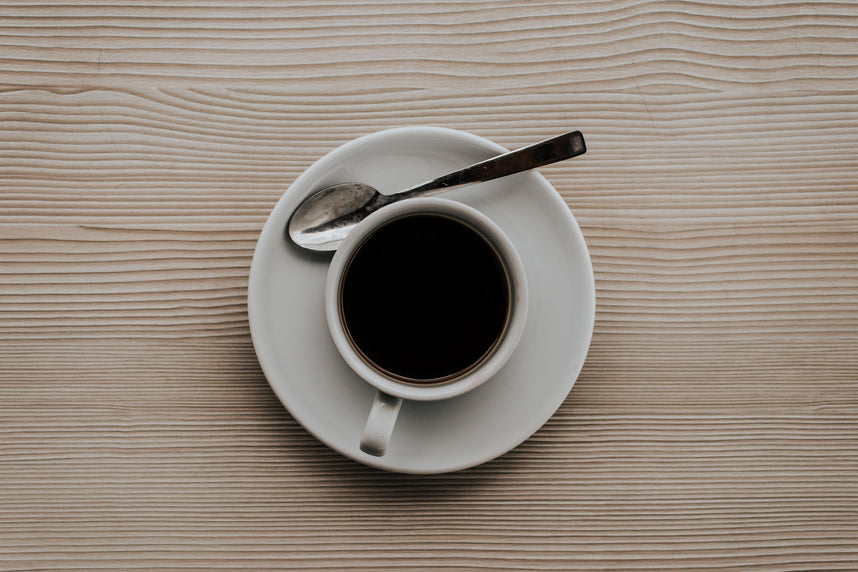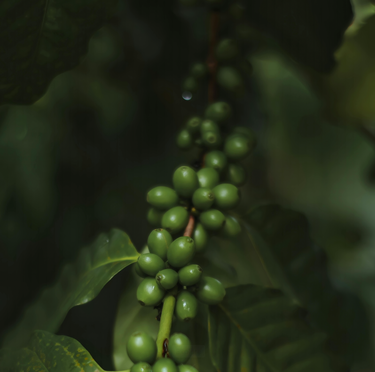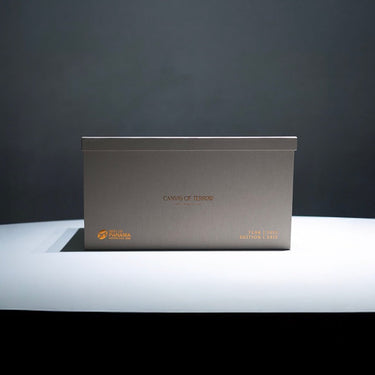When it comes to mastering the perfect cup of coffee there are many elements to consider, it’s a finely crafted skill afterall! From which water to use, to choosing your preferred at-home brewing method (The V60, Chemex, Aeropress etc) the key is to experiment until you find the perfect combination - trust us, once you find it no coffee will ever taste the same!
However there is often one factor that gets overlooked in the repeated brewing process. That is once you’ve mastered your technique and chosen to mix it up with different roast levels. The key is to adjust your technique to the roast profile of the beans selected. To many, this may not seem important, but we promise you it will make a huge difference to your brew. For instance if you switch up your beans from a light to medium roast, yet follow the same brewing steps each time you may not be getting the best for your beans. Why? Well we’re here to tell you.
The coffee roasting process is all down to the right level of extraction, for the chemical compounds in each bean make up part of the flavour profile. In the typical roasting process the fruity notes and acidity are extracted first, followed by the sugars. It's a delicate process that if not timed correctly could lead to under-extracted sour beans or over-extracted bitter options!
Discover more on this with our Home Coffee Roasting Guide.
It’s handy to note that light roasts are less porous than darker ones, leading them to extract more slowly, so a slower brewing process is recommended. A darker roast doesn’t taste as great with a slower brew method, such as pour over, and could lead to a more bitter tasting cup, not what you're after!
Roast Profiles
First up, let’s look at your roast profiles. As a standard, light roasts hold more flavours of the coffee bean throughout the roasting process, leading to floral and citrus notes. Medium roasts are more chocolate and nut based in flavour, due to a darkening roast. Finally a dark roast is the strongest of all coffee and is a few pleasing steps before bitter! Medium and dark roasts are used to make short and sharp coffees such as an espresso. A larger brew, for longer sipping, works better with a light roast, that’s your morning cup that sees you right through to lunchtime.
Now you understand the roast, let's look at the adjustments to make:
1. GRIND SIZE
A key variable here is the finer the coffee the more surface exposure. Usually finer grinds work for a lighter roast, and dark roasts work with coarser grinds. This is due to darker roasts being more bitter naturally, so they would need less contact time in the water to extract. Switch up the grind size depending on the lighter or darker your roast.
Bonus tip: If you have some older light roast beans, grind them finer you’ll increase the surface area and the rate of extraction, which should bring back the flavour from stale beans.
2. WATER TEMPERATURE
The hotter the water used, the hotter the extraction, and so it goes. This is an important factor to keep in mind. If you are making your coffee from darker roast beans we suggest you use a lower temperature for your water than usual as this will reduce the risk of over-extraction, which makes the coffee bitter. If you’ve opted for a lighter roast, up the temperature of the water a little to speed up the extraction.
A handy tip for your experiments: a dark roast with high temperature water won’t taste as good as usual, however a lighter roast will still pass the taste test when made with lower temperature water.
3. BREWING TIME
Adjust the time spent to whichever brewing method you have chosen. For example, by pouring water more slowly when making filter coffee, or by letting a French press sit for longer before serving will produce better tasting coffee, depending on the roast. A simple way to remember this is the lighter the roast, the longer the steep, as this allows more flavours to develop.
Keep these guidelines in mind when you're brewing at home and we can guarantee a perfect cup of coffee. It’s all about testing and perfecting, that’s what adds the fun and skill to our daily caffeine boost.
To find out more about home brewing methods visit our blog here and here. If you have any home brewing tips to share, post them below and let the Rave community know. Looking to buy coffee beans online? Get started with RAVE today!







Really useful guide to refer back to
Peter on
So useful but complicated 🤭
Kathy on